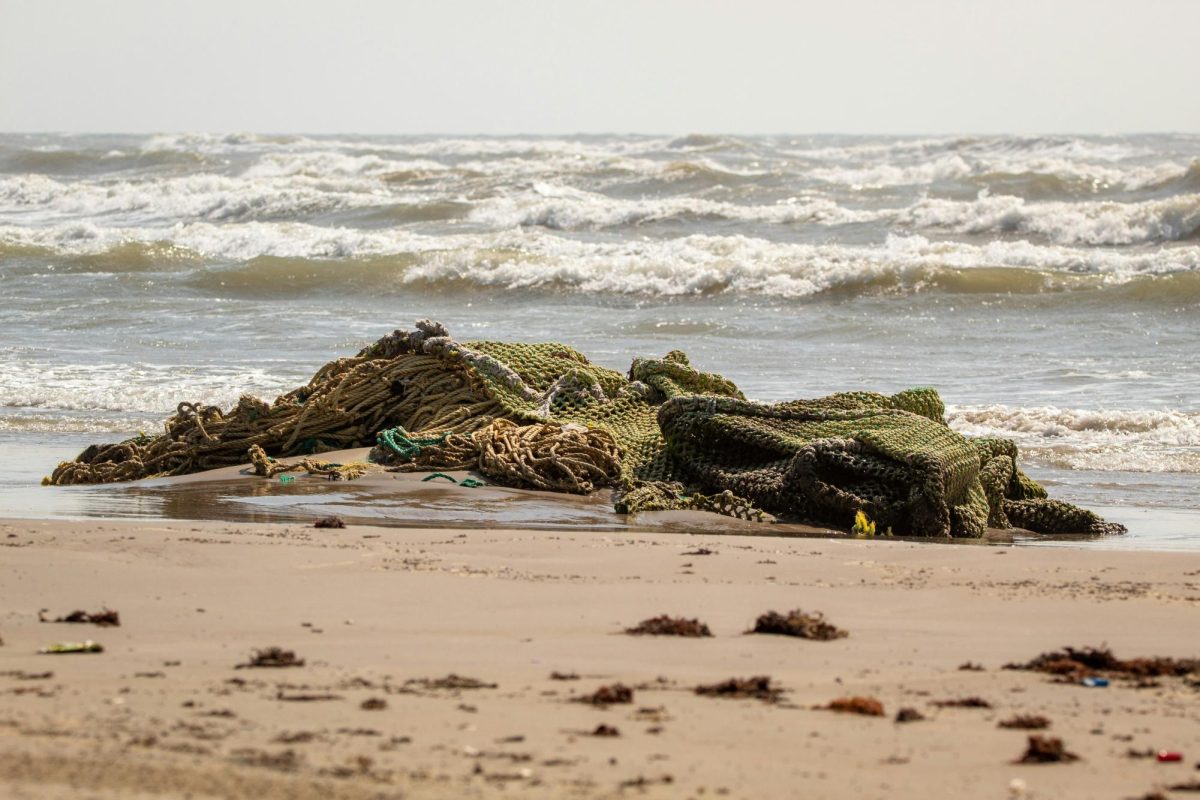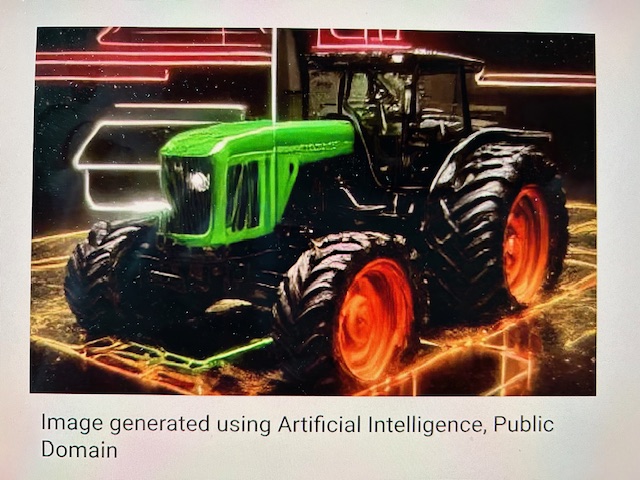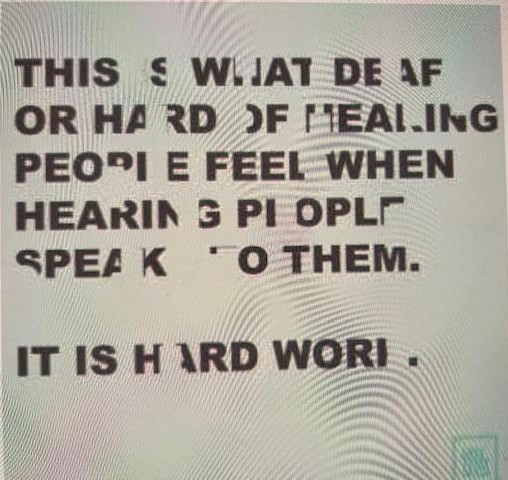Reprinted with permission from Brunswick County Early College High School’s The Firebird Times.
Our oceans cover more than 70% of the Earth’s surface. Marine plants provide us with around 70% of our atmosphere’s oxygen. Aquatic ecosystems are invaluable to the health of our planet.
So, why would we dump all our trash into the ocean?
The issue of pollution has been one that’s only grown in severity. From holes in the ozone to spontaneous raging forest fires, humanity has consistently found ways to ruin the very soil on which they walk.
Of course, there have been countless amounts of activist groups over the years, but none of them have been able to stop humanity’s rampant, insatiable desire to keep doing what they’re doing– even if it’s ruining countless critter’s lives.
One example of this recent extreme environmental deterioration is the Great Pacific Garbage Patch.
According to National Geographic, “The Great Pacific Garbage Patch is a collection of marine debris in the North Pacific Ocean”. It consists of a western and eastern patch with a convergence zone in between. Kind of like two spirals with a rainbow in between, except the glitter is microplastics (which, by the way, is pretty much what glitter is. Sorry.) and the unicorn off to the side is a fishing net (unicorns may or may not be made of fishing nets. Sorry.)
The patches are made up of non-biodegradable materials. A majority of it is made up of those earlier mentioned microplastics, which cannot be seen with the naked eye.
So how much trash is actually in this magical patch?
Well, Nature states that “…at least 79 (45–129) thousand tonnes of ocean plastic are floating inside an area of 1.6 million km2; a figure four to sixteen times higher than previously reported”.
Woah. Now that’s a lot of garbage. For reference, Peru is only around 1.28 million square kilometers. The Great Pacific Garbage Patch is out-spreading a whole country by almost 300,000 kilometers. Talk about smelly…Large trash in The Patch mostly consists of fishing nets. This is then followed by plastics, and then non-plastics.
National Geographic states “80% of plastic in the ocean is estimated to come from land-based sources, with the remaining 20% coming from boats and other marine sources.” However, when looking at the big picture, Science Teacher Ben Ford asserts that “The thing they don’t really tell people is the biggest source of pollution in the oceans is fishing nets.”
Marine waste negatively affects marine life in more ways than one. According to The Ocean Cleanup, “animals confuse the plastic for food, causing malnutrition”. Sea turtles and dolphins are also known for getting trapped in stray fishing nets.
Would you want to be caught in a fishing net?
Marine waste also has negative implications for humans. A great way to get people to care about an issue is by making it relevant to them. Bonus points if that relevancy comes in the form of possible death. So, just to set the record straight, you aren’t safe from microplastics.
Due to a process called ‘bioaccumulation’, microplastics may be able to climb their way up the food chain one predator at a time.
One example of how this process may work is as follows:
A small fish eats some microplastics. A bigger fish eats the small fish. Big shark eats bigger fish. Scuba diver kills shark to sell in his shop as ‘exotic meat from the Floridian coast’. Civilians, like you and me, eat microplastic-laced meat and get one step closer to turning our bodies synthetic.
According to Science Teacher Dr. Dane Fisher, microplastics can “damage [the] liver, it can damage [the] kidneys”. In fact, “We don’t know the long-term effects of ingesting that plastic”. For all we know we could be sentencing ourselves to imminent death by the time we turn 30. In fact, maybe we already have!
Now that we know pollution is bad and it’s actively harming a lot of things, what should we do about it? While it’s not an easy question to answer, there are a few potential solutions.
A great way to reduce your individual everyday plastic waste is by avoiding single use plastic items. This includes plastic straws, plastic water bottles, single use utensils and other items falling under the category.
Another way to play your part is by supporting organizations dedicated to eliminating marine waste. According to Ford, some good ones to check out are Waves For Water, Surfrider and Sea Shepherd. Where you put your time, money, and energy is where it counts. Without consumer support businesses and organizations cannot operate.
Ford also believes stricter enforcement of fishing laws and other marine conservation regulations could be a key piece of helping to reverse the damage already done. “People don’t realize that a lot of trash other than plastic can be dumped into the ocean, legally,” he states.
This is why it’s also important to not support businesses whose practices go against your beliefs. Billion-dollar corporations are not your friends. They’re here to be a business. If social expectations regarding sustainability change, then their brand model will too.
In fact, this is a trend we’ve seen go down in live time.
Have you noticed the increase in ads about products made from 70% recycled material? Or how [blank] company is expected to become carbon neutral by 2050? Has the color… green been trending?
Well, all of it is made to make you feel good. Social expectations have changed. Brands are expected to do more. But none of it is quite real. Their model is still ‘sell stuff’ and ‘make sure other people do not sell stuff’ but in italics and a forest green font.
The notion that whatever we’re buying is ‘doing something good’ for the environment makes us feel like we’re doing something good too. It may even make us feel like we have some moral foot up on other people.
Alright. So, maybe mega-corp accountability isn’t going to be the end all be all hail mary some may hope. But if not, then what is?
We should probably look at the rules that govern our very existence here on Earth– and I’m not talking about particle physics. It’s worse.
I’m talking about law.
As earlier stated, tighter restrictions on what can and can’t go on in our oceans may be the solution. The Clean Air Act of 1967 helped us with that mega hole in our ozone, so maybe this will work too.
Laws are fundamental. Laws cannot be ignored (without a fine or jail time). So, it really does boil down to who’s responsible for making them. Once again, that points a finger at the people.
We the people can use democracy to choose leaders who’ll get the ball rolling. In our current political system, not much is guaranteed, but we can at least try and throw out a few guesses. When only 50% of eligible voters are taking their opportunity, your vote does actually matter quite a bit.



















